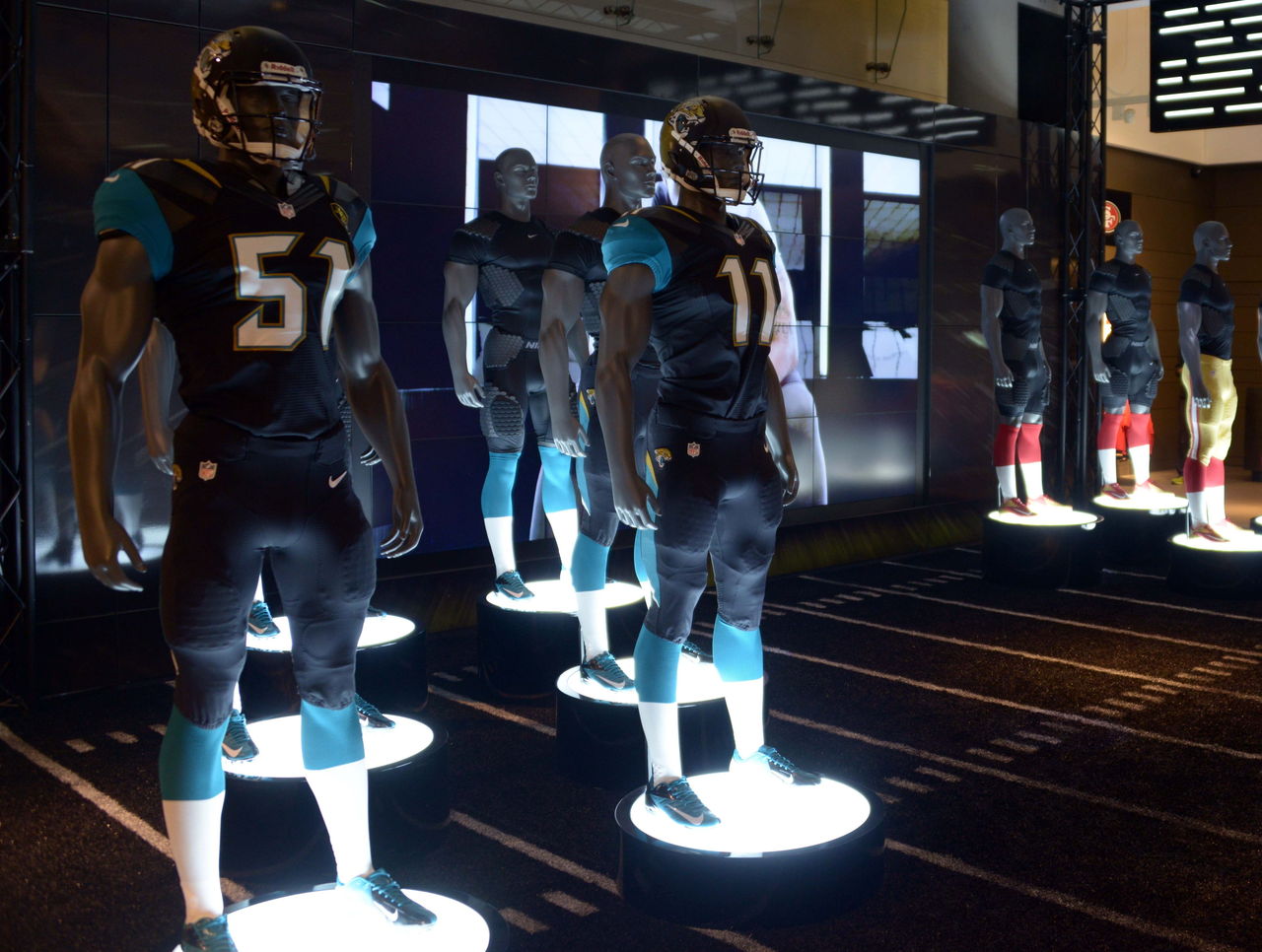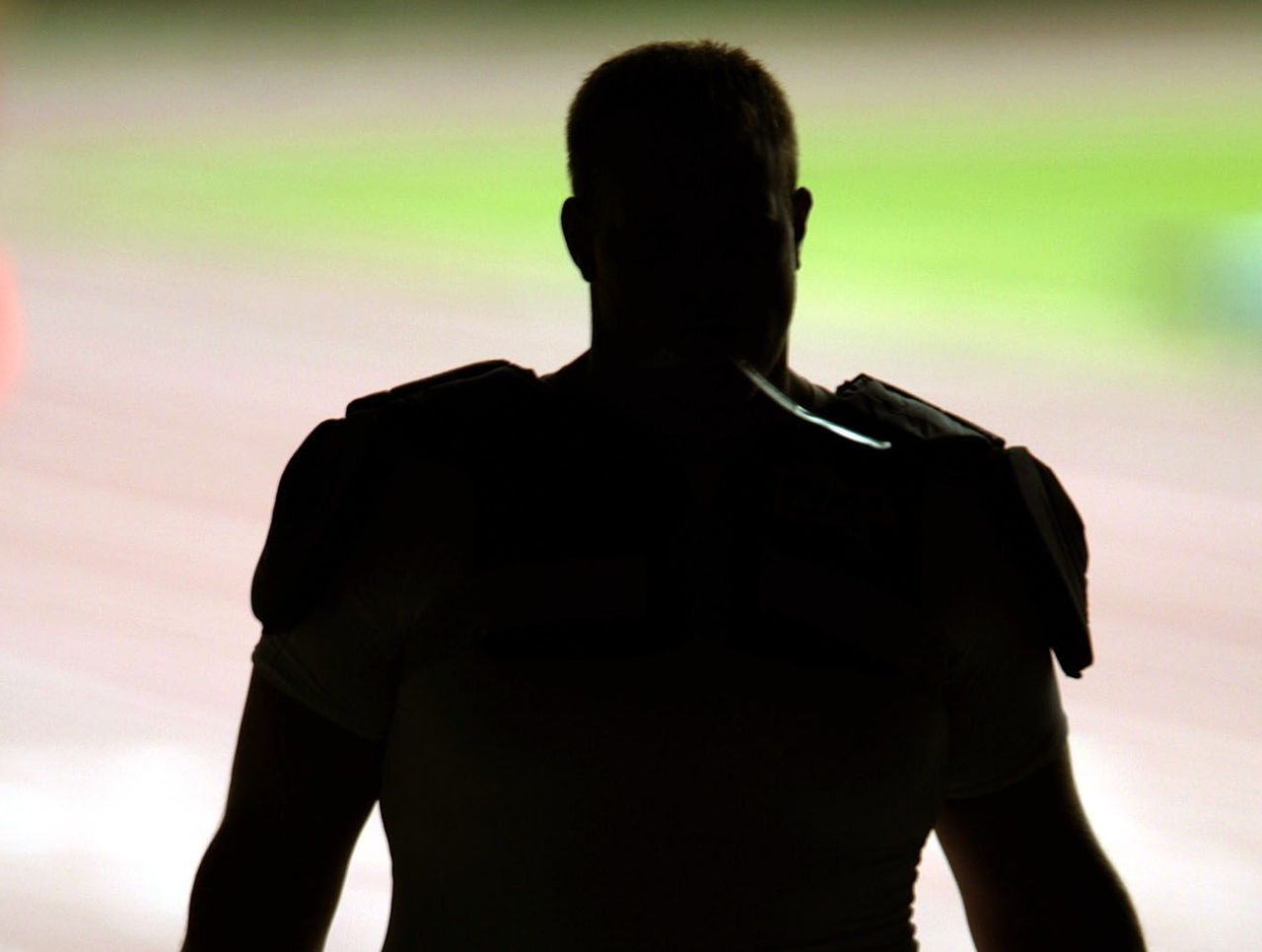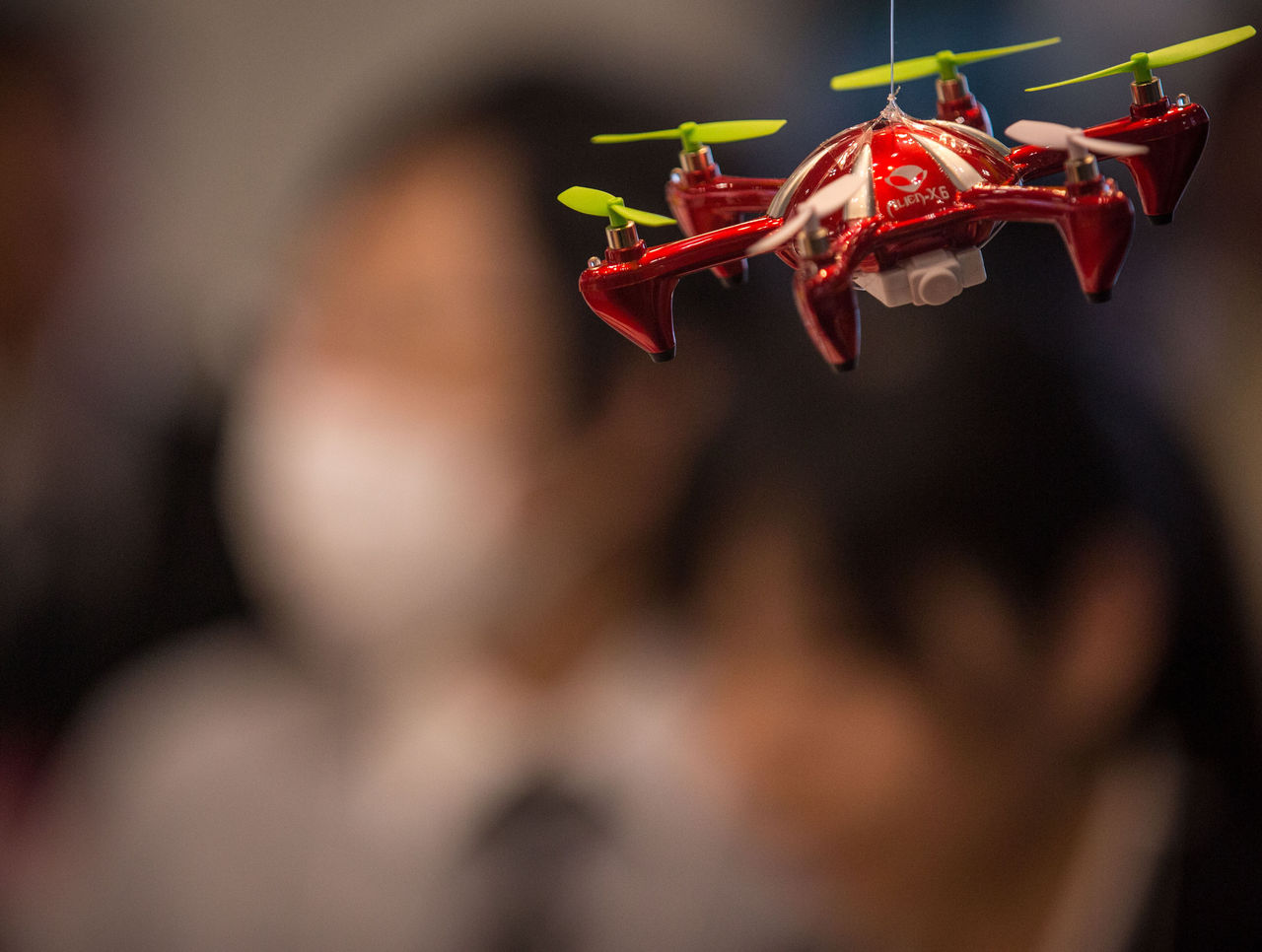Football's Future: Imagining the NFL in 50 years
Football's Future imagines the strategic, technological, and cultural innovations that will shape how football is played and watched in the coming decades.
The year is 2065. The global sports world is buzzing with talk of an approaching milestone: Super Bowl 100.
The game that will determine the winner of the 100th Vince Lombardi Trophy has a very different aesthetic from the game that determined the first. There are still runs, passes, tackles, and touchdowns, of course, but the pace and style of play have evolved to the point where they would shock the fans, players, and coaches of previous generations.
But, at its core, football is still football. A touchdown is still a touchdown and a big hit still gets fans on their feet. And the Super Bowl remains a spectacle of an often absurd order. The 100th edition of the game is set to feature a special event that has fans around the world hyped: the first halftime show performed live on the moon.
More space, more speed
Several significant rule changes have been implemented to make football a safer and more high-octane sport, the most notable of which is the move to a 7-on-7 alignment that puts the quarterback behind a center and two offensive tackles, surrounded by three offensive weapons.
The removal of several linemen from the field, plus the advent of unlimited forward motion for receivers prior to the snap, favors wide-open, pass-first attacks. The "three yards and a cloud of dust" schemes that some teams employed around the turn of the century are all but dead. More than ever before, offense is about speed, skill, and precision.

Punting is illegal, which means fourth-down attempts are mandatory. The point value of field goals is tied to distance; kicks under 40 yards are worth one point, 40-50 are worth two, and 50-plus are worth three. The play clock is shortened to 20 seconds, and false start penalties result in a loss of down.
A group of nostalgic football purists starts a competing league that plays under turn-of-the-century rules, but interest among the public is low. The game has evolved, and most fans have evolved with it.
Augmentation limits
In a world where the average citizen can replace any part of their body with superior lab-grown tissue and prosthetics, the NFL has taken a hard-line stance on augmentation.
Fans have little interest in watching competition between maximally augmented cyborgs, so the NFL requires its athletes to remain at a level that places them among the most "organic" humans on earth. The league sets an allowable threshold of synthetic tissue each year, and only allows players to augment their bodies for medical reasons.

Drug testing is more stringent than ever. Though performance-enhancing substances are now entirely safe to consume (and many are legal under the NFL's bylaws), the league is careful to remain well back of the line where players become superhuman.
The end of injuries approaches
Injuries are inevitable in a contact sport and the NFL remains no exception, but the rate of injuries has dropped to nearly negligible levels.
Dynamic pads and playing surfaces are responsible for the decline. These smart surfaces can anticipate contact and expand, contract, soften, or firm up to mitigate the impact of collisions. The non-contact injury is a relic of the past in a world where artificial turf can correct for a poorly-planted leg.

Concussions remain part of the game, as science has yet to discover a way to prevent the brain from sloshing around inside the skull when the head comes to an abrupt stop. Concussion treatment has improved by leaps and bounds, however, and the long-term effects of the injury can largely be alleviated by medicine.
Referees rendered obsolete
Screaming obscenities at the referee, long one of football's small joys for fans, no longer carries the same satisfaction. Games are now officiated by miniature, all-seeing drones that hover over the field like swarms of insects, capturing footage of each play from all angles and instantly analyzing it to spot infractions.

Never ones to accept the status quo, fans simply move from arguing about referee bias to debating the calibration of these auto-officials.
Moving forward
As the Super Bowl era crosses the century mark, football remains entrenched in the prevailing culture. The game is constantly evolving to both set and meet the changing tastes of sports audiences, but league officials are careful to preserve the essence of what makes football so great.
In a world where technology has made the previously impossible possible, the spectacle of two teams of men pushing their bodies to their natural limits in a contest of raw speed, strength, and skill remains as compelling as ever.
HEADLINES
- Wemby sparks Spurs in return to book spot in NBA Cup final
- Magic's Suggs to undergo tests after suffering hip injury vs. Knicks
- Brown states MVP case for Brunson: 'He makes the game easier for everybody'
- McDavid has 2 goals, assist to back Jarry in Oilers' win over Leafs
- Brunson's 40-point night lifts Knicks to NBA Cup final